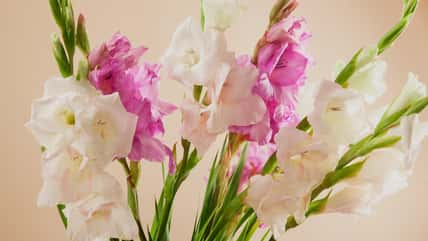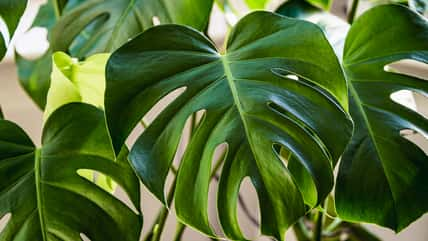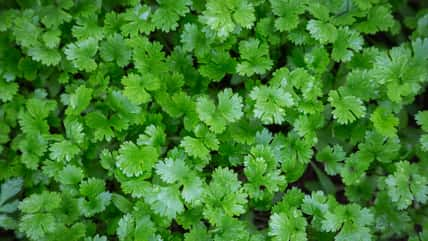Sensory Gardens Are Meant To Activate The Five Senses, And Here’s How To Create One For Yourself

Gardens are more than just a boost in curb appeal. Not only do they beautify your outdoor space, but they also provide a safe haven for wildlife. When designed with the utmost care, a garden can engage all five senses, which is what’s called a sensory garden.
Sensory gardens are meant to activate the five senses—sight, sound, smell, touch, and taste. They create an immersive experience that can be uplifting and calming. Sensory gardens are incredibly beneficial to people of all ages. Creating a sensory garden allows you to spend more time outdoors, connect with nature, reduce stress, and practice mindfulness.
Sensory gardens should have a diverse spread of vegetation and include elements such as color contrast, varying patterns, assorted shapes, and a mix of textures. Non-natural features like sculptures, birdhouses, fountains, wind chimes, and pathways are also important for the overall richness of a sensory garden.
If you would like to make your own sensory garden at home, here are some suggestions for how best to stimulate the senses.
Sight
To ensure that your sensory garden is visually pleasing, you need to pick plants that are a feast for the eyes. They should be vibrant in color and differ in shapes and sizes. You can also play around with the structure of your garden by incorporating taller trees and bushy shrubs for contrasting height and depth.
Colorful wildflowers will attract pollinators to your garden, which adds movement and extra dimension. Tulips, dahlias, foxgloves, zinnias, coneflowers, marigolds, and butterfly weeds will provide a ton of visual interest. Consider planting some flowers in brightly colored pots to add more detail for the eyes to take in.
Sound
Sound is an essential part of a sensory garden. Chirping birds, buzzing bees, and the soothing trickle of a water fountain all contribute to an environment that feels safe and relaxing. It might seem tricky to plant with the sense of sound in mind, but it’s actually much easier than you think.

polinaloves – stock.adobe.com – illustrative purposes only, not the actual person
Ornamental grasses are ideal for introducing gentle, whispering sounds to your garden. When the breeze blows through the grass, it makes a soft rustling noise. It also adds visual movement when it bends and sways in the wind.
Bring your garden to life with cattails, eucalyptus, switchgrass, poppies, balloon flowers, northern sea oats grass, pheasant tail grass, and bamboo. Bamboo is an excellent addition to larger gardens. Depending on the strength of the wind, bamboo can create a whole range of noises.
Smell
Of course, smells are necessary for cultivating a successful sensory garden. Luckily, there are plenty of plants you can choose from, including fragrant flowers and aromatic herbs. Opt for lavender, sage, basil, rosemary, honeysuckle, hyacinths, mint, thyme, and chives.
Plant them close to the edges of pathways so that when you walk past, you can catch a whiff of their clean scents. As you inhale the scent of your garden, you will start to feel truly at home with nature.
Touch
When creating an inviting outdoor space, the importance of texture should not be overlooked, even with patio furniture. Consider what the woven texture of a rattan chair and a soft seat cushion brings to your sensory experience.
As for plants, select ones with different textures, such as flowers with silky petals, smooth leaves, and coarse tree bark. For example, creeping thyme, fountain grass, lamb’s ear, soft moss, river birch, and paperbark maple can create stark contrasts.
Taste
Entice the taste buds with edible plants, such as herbs, berries, vegetables, and citrus trees. Having your own vegetable patch doesn’t just engage your senses and improve your mental health. It also provides fresh produce you can use in your meals.
Some good choices to add to your garden would be strawberries, tomatoes, peppers, cucumbers, carrots, melons, apples, chives, lavender, parsley, and sage.
Sign up for Chip Chick’s newsletter and get stories like this delivered to your inbox.
More About:Gardening





